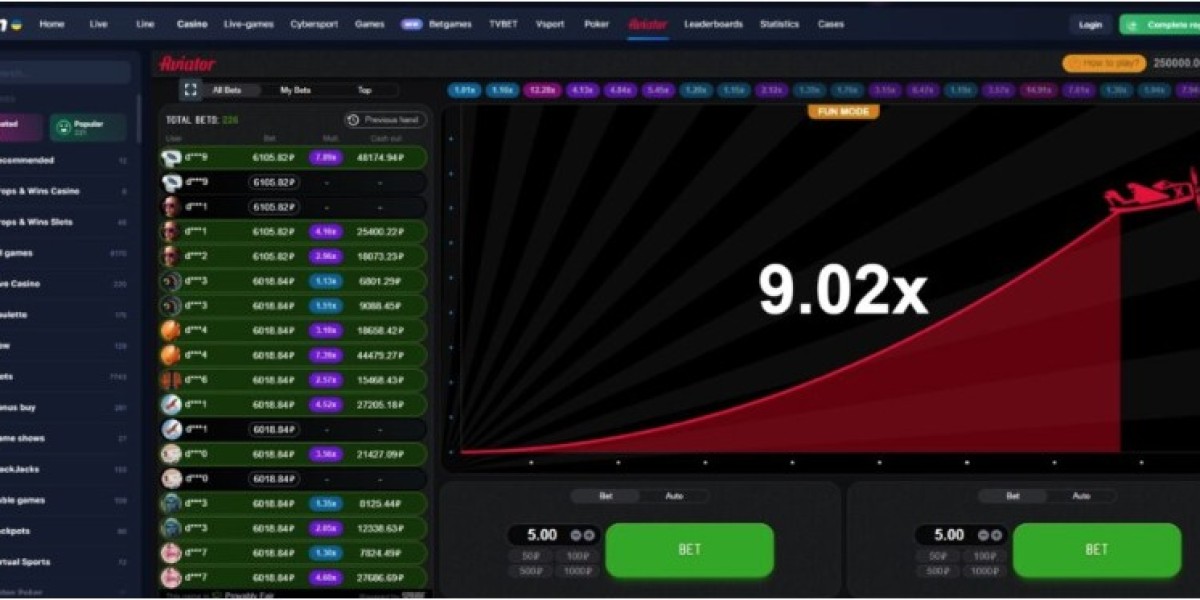Access to real-time data is critical. Travelers, airlines, and logistics companies rely on accurate and timely information to make informed decisions. With the rising demand for precise travel data, developers have begun integrating Airport Departures APIs into their applications, creating efficient solutions for tracking and updating flight information in real time. This article explores how Airport Departures APIs can empower developers to build robust applications for travel apps, logistics, and tracking systems.
What is an Airport Departures API?
An Airport Departures API provides real-time information on flight departure times, delays, and statuses from airports around the world. This data allows developers to access essential flight details such as departure gates, boarding times, estimated times of arrival, and any delays or changes. APIs like these are integral to applications that serve industries dependent on precise scheduling, as they provide a bridge between raw departure data and end users.
For developers, working with Airport Departures APIs means having access to structured data, often in JSON or XML format, which can be easily integrated into applications. This ability to pull live information directly from airports enables them to deliver up-to-the-minute updates to users in various fields.
Benefits of Using an Airport Departures API in Applications
- Enhanced User Experience
For travel-focused applications, providing real-time updates enhances the user experience significantly. Travelers no longer need to navigate multiple websites or apps to find departure details. Instead, they receive timely notifications on flight statuses within a single application. By leveraging Airport Departures APIs, developers can display a clear, consolidated view of departure times, delays, and cancellations, which helps users manage their travel plans more efficiently. - Improved Logistics Management
Logistics companies also benefit from real-time flight data. By integrating an Airport Departures API into tracking and routing systems, logistics providers can monitor the timely movement of flights that affect cargo shipments. This allows companies to adjust their schedules dynamically, improving route planning and reducing potential delays. - Enhanced Tracking Solutions
Applications that offer tracking services, especially in sectors like e-commerce or freight forwarding, depend on accurate flight information. Airport Departures APIs help these platforms notify clients about arrival and departure times for cargo and other shipments. Integrating such APIs enables developers to offer reliable, real-time updates, improving client satisfaction and operational transparency.
Key Features to Look for in an Airport Departures API
To fully capitalize on the advantages of an Airport Departures API, developers should carefully consider the following essential features:
- Real-Time Updates
An API that offers real-time updates on departures ensures that users have the most current information at all times. This feature is particularly valuable for applications serving travelers, as it keeps them informed of any last-minute schedule changes or delays. - Broad Airport Coverage
Global applications need an Airport Departures API with comprehensive airport coverage, spanning both major and regional airports worldwide. This ensures that developers can deliver accurate data to a broad user base without needing multiple APIs to cover different airports. - Data on Delays and Cancellations
Timely information on delays and cancellations is essential for applications providing travel updates. APIs offering details on delay causes, rescheduled departure times, and updated gates make for a more informative user experience, particularly in industries where missed connections can be costly. - Integration Ease and API Documentation
A well-documented API makes integration smoother for developers. When selecting an Airport Departures API, the availability of robust documentation, sample code, and support resources is crucial for efficient development and troubleshooting. - Customizable Data Filters
Not all applications require the full suite of airport departure data. Having customizable data filters allows developers to retrieve only the data that matters most, whether that’s by airport, airline, or specific flight numbers. This flexibility can help optimize app performance and reduce API costs.
Common Use Cases for Airport Departures API
- Travel Apps
Travel applications are some of the most common users of Airport Departures APIs. Apps like those for airlines, travel agencies, or general travel planning use these APIs to inform travelers about gate changes, delays, and estimated departure times. By integrating this API, developers ensure that travelers have all the flight information they need without switching between different sources. - Airport Kiosk and Information Systems
Airports rely on updated departure data to inform passengers in real time. Many airport kiosks and screens displaying flight statuses are powered by data from Airport Departures APIs. Integrating these APIs allows developers to build user-friendly displays and systems that ensure travelers can find up-to-date flight information easily. - Logistics and Freight Management
For logistics firms, Airport Departures APIs support efficient planning by providing timely information on flight schedules. This is especially relevant for time-sensitive shipments, where missed flights can impact delivery timelines. Integrating this API into logistics software allows companies to anticipate potential disruptions and adjust plans in real time, leading to improved supply chain management. - Ride-Sharing and Transportation Apps
Ride-sharing and transportation companies also use Airport Departures APIs to optimize their services. Knowing a flight's status helps them schedule pickups and drop-offs more accurately, enhancing the passenger experience by reducing wait times and ensuring timely transportation to and from the airport.
Integrating an Airport Departures API: Best Practices for Developers
- Optimize for Real-Time Data Processing
As real-time data is the backbone of Airport Departures APIs, developers should prioritize efficient processing methods. This includes implementing caching mechanisms where possible to reduce API call frequency and avoid data lags. - Monitor API Usage and Costs
Regular monitoring helps developers avoid excessive API costs. Many providers charge based on call volume, so understanding the usage patterns can help developers optimize data calls, retrieve only necessary data, and minimize costs. - Implement Failover Solutions
An Airport Departures API is only valuable if it consistently delivers accurate data. To ensure service continuity, developers should set up failover systems or alternative data sources to prevent data disruption in case of API downtime. - Leverage Notifications and Webhooks
Webhooks can be valuable when building real-time systems. By setting up event-driven notifications, developers can ensure that users receive immediate updates on any changes to departure times or flight statuses, enhancing the app’s responsiveness and relevance.
Conclusion
Airport Departures flight APIs are transforming how developers build real-time solutions across travel, logistics, and tracking applications. With immediate access to departure data, developers can elevate the user experience, offer efficient logistics solutions, and enhance tracking accuracy. From travel apps that keep travelers updated to logistics platforms that depend on real-time scheduling, the possibilities with Airport Departures APIs are extensive. For developers creating solutions in these areas, understanding how to leverage these APIs effectively will be key to building responsive, data-driven applications that meet the growing expectations of today’s users.



